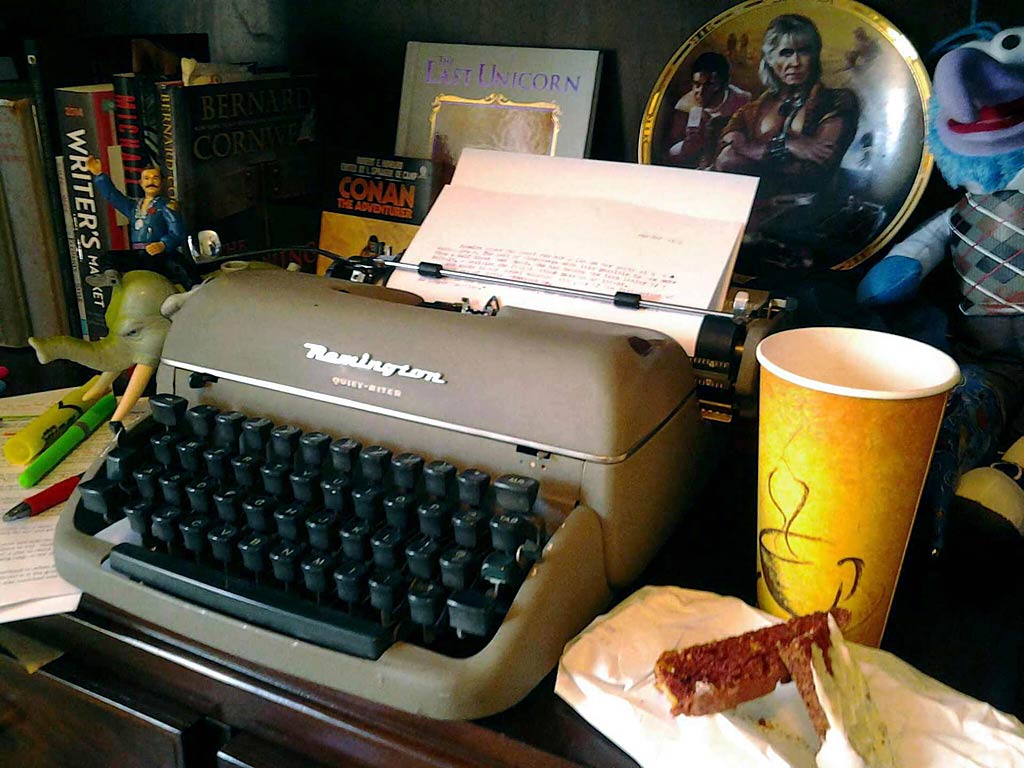Dialogue During Action
From the Writer’s Guide; “Strenuous activity (i.e. action) is not conductive to conversation. Dialogue during action sequences can quickly become campy and/or preachy.” When scripting important key fights, dialogue can […]

From the Writer’s Guide; “Strenuous activity (i.e. action) is not conductive to conversation. Dialogue during action sequences can quickly become campy and/or preachy.” When scripting important key fights, dialogue can […]
Though I talk about Loose vs. Tight scripting on page 17 of the Working Writer’s Guide to Comics and Graphic Novels, I decided to make a fancy graph and continue […]
I think everyone is familiar with a prologue in long prose; in comics (or screenplays) a prologue arrives as a scene, or in comics (or animated series script), an entire […]
This also could have been titled, “Newer Comic Writers, Don’t use Captions.” While I’ve spoken to captions elsewhere and they are certainly a viable technique in comics, more often than […]
(This was originally part of the Ultimate Fight Scene, but that article covered so much material, I decided to chop this useful bit out and post to the free blog […]
In Fight Scenes that Resonate I break down a half-dozen basic considerations for scripting effective fight scenes. Welcome to the Pro class where we go “a bit” further and break […]
In the article More on Master Theme, I talk about the necessity of running a Master Theme in your story and some of the common mistakes working with secondary themes. […]
Here are the first 12 pages of the Working Writer’s Guide to Comics and Graphic Novels. They cover the 10 core rules for scripting comics. Enjoy. 10 Rules to Writing […]
I go over the importance of nomenclature in Storycraft for comics, breaking down a bunch of aspects of it, but I wanted to touch on another specific technique. One of […]
We live in an age of information overload. If you want a career as a writer, one of the first things you must do, is: Stop Following Bad Advice. I […]